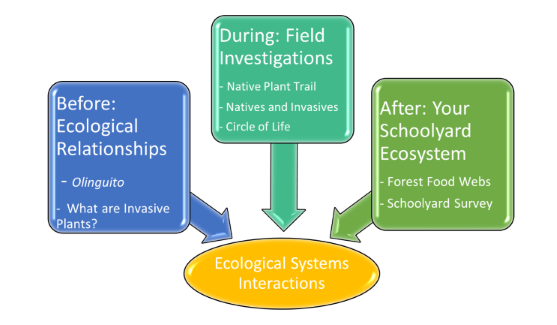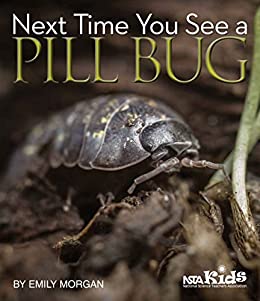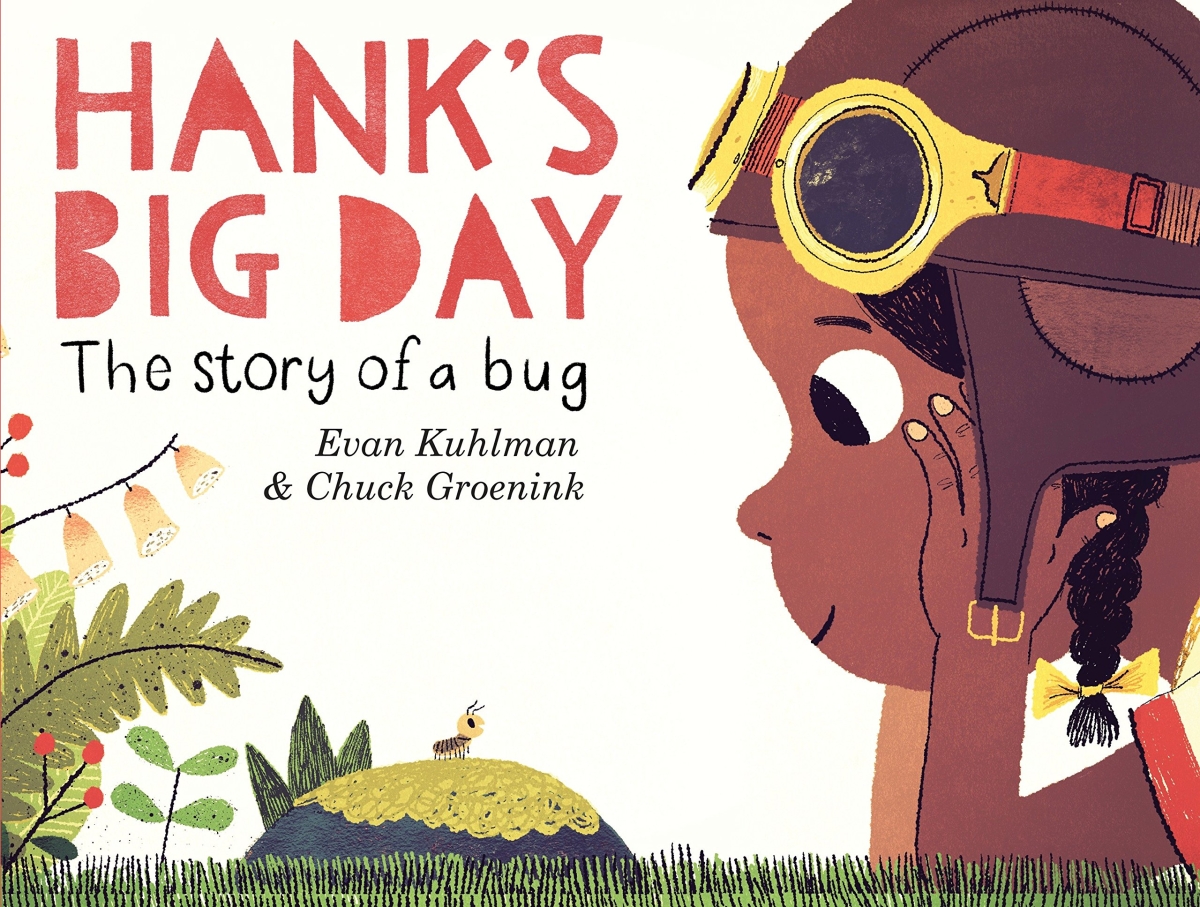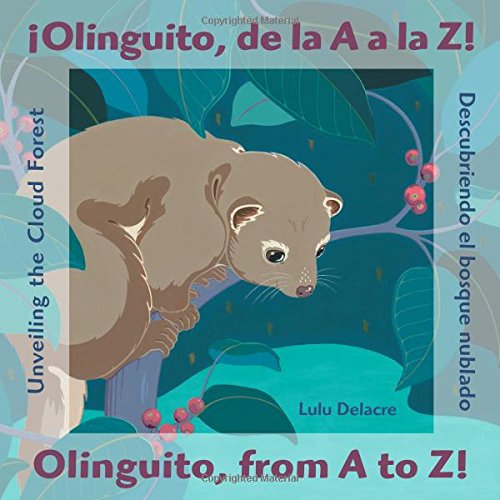Students evaluate Virginia’s food webs and energy flow in watershed systems as they investigate the relationships among producers, consumers, and decomposers in the Arboretum’s Native Plant Trail habitat. Students apply critical thinking skills collecting and analyzing data on native and nonnative organisms. Through observations and sketches, your ecosystem scientists collaborate to investigate interdependencies and organism interactions within their ecosystem.
Target SOL (for the field investigation. Additional SOL apply to the before and after activities.)
Science (2018): 3.1, 3.4, 3.5, 3.8; 4.1, 4.3, 4.8
Mathematics (2016): 3.15, 3.16; 4.14, 4.15
English 3.1, 3.4, 3.5

To enhance classroom connections with the field experience, we have developed this lesson cluster. Field investigations are more meaningful to students when they are integrated into their curriculum. This lesson cluster can be used to: introduce ecological concepts, synthesize and expand on knowledge about ecosystem components and food webs, and translate ecological understanding to the local schoolyard fostering stewardship and school community. The before-visit activities increase student awareness of the process of science, understanding of ecological systems, and create literacy connections to recent research. With the after-visit activities, students synthesize data and expand their conceptual understanding to include their schoolyards. Click on each of the sections below to learn more about the cluster's activities. Click here for the link to the full cluster (see each section for individual activity plans).
NOTE: hover over bolded phrases to find links to resources
Before: Ecological Relationships
Before-visit activities increase student awareness of the process of science, understanding of ecological systems, and create literacy connections to recent research.
Before 1- Olinguito de la A a la Z! Literacy connection to forest ecosystems
Before 2- What are invasive plants? Provides a foundation for understanding invasive plants and their interactions in communities and ecosystems.
During: Field Investigations
During your field investigation at Blandy, your students will engage in several indoor and outdoor lessons where they explore native and non-native organisms, interactions, and roles of organisms in ecosystems just as ecologists and watershed scientists do.
Below is an overview of the “standard” program activities to assist you with integrating this field experience into the classroom experiences. Field investigations may change due to weather, the volume of students, or through learning objectives reached through communications with Blandy educators. Click here for a sample schedule. (Varies depending on the number of classes.)
- NPT Woodland Investigations: Students develop observation, data collection, and analysis skills while investigating a native ecosystem. Students classify animals according to the role that organisms have in a community.
- Circle of Life: Students use tools such as hand lenses, quadrats, field measuring tapes, and identification guides to explore diversity in a field.
- Natives and Invasives: Students learn how invasive organisms impact a native ecosystem. Students develop an appreciation for native Virginia organisms and their role within food webs and the flow of energy.
VA Standards Addressed:
Science (2018): 3.1, 3.4, 3.5, 3.8; 4.1, 4.3, 4.8
Mathematics (2016): 3.15, 3.16; 4.14, 4.15
English 3.1, 3.4, 3.5
After: Your Schoolyard Ecosystem
Students will synthesize the data and observations they made to develop an ecosystem. Your students explored the woodland in our Native Plant Trail to find producers, consumers, and decomposers. With this activity, students review and combine their discoveries to create a more complete food web with native organisms in a local ecosystem.
After 1- Food Webs in the Forest Students review and combine their forest investigation food chains to create a food web.
After 2- Schoolyard Survey Students assess their schoolyard asking: How is your schoolyard part of an ecosystem?
Literacy
 Next Time You See a Pillbug Non-Fiction
Next Time You See a Pillbug Non-Fiction
Author: Emily Morgan
Grades: 3-6 Lexile: 900L
Suggested Activities:
- This is part of the National Science Teachers' Association (NSTA) "Next Time You See a..." series. Activities designed by NSTA include a "Pill Bug Anticipation Guide" (PDF) and "Pill Bug Checkpoint Lab" (PDF). We also recommend using this in conjunction with the following book, Hank's Big Day: The Story of a Bug, to allow students to compare fiction and nonfiction.
 Hank's Big Day: The Story of a Bug Fiction
Hank's Big Day: The Story of a Bug Fiction
Author: Evan Kuhlman and Chuck Groenink
Grades: K-3 Lexile: AD550L
Suggested Activities:
- We recommend using this in conjunction with the above book, Next Time You See a Pillbug, to allow students to compare fiction and nonfiction.
 ¡Olinguito, de la A a la Z! Descubriendo el bosque nublado /Olinguito, from A to Z! Unveiling the Cloud Forest Non-Fiction
¡Olinguito, de la A a la Z! Descubriendo el bosque nublado /Olinguito, from A to Z! Unveiling the Cloud Forest Non-FictionAuthor: Lulu Delacre
Grades: K-6 Lexile: AD730L
Suggested Activities:
- Superb teacher's guide (PDF) (with curriculum connection suggestions) and activity kit (PDF) are available on the publisher's website.
- Observe and identify organisms in the school habitat. Create alliterative sentences for each organism, translate them into another language (work with school resources or a middle/high school language class for translation).
 The Salamander Room Non-Fiction
The Salamander Room Non-FictionGrades: PK-2 Lexile: AD440L
Suggested Activities:
- This guided reading plan (PDF) from Achieve the Core culminates in a persuasive letter demonstrating understanding of habitat, though we recommend that the persuasive letter be about a wild animal native to Virginia instead of a pet as illustrated in the lesson example. The plan also includes a companion text set with suggested activities (PDF). Note: This is aligned with Common Core 1st grade skills, but can be easily scaffolded to 3rd grade reading and is recommended for use with English Language Learners.
 Mushroom Rain Non-Fiction
Mushroom Rain Non-FictionAuthor: Laura K. Zimmermann Illustrator: Jamie Green
Grades: K-3 Lexile: AD900L
Suggested Activities:
 Pollinator Palls Activity Book Non-Fiction (PDF)
Pollinator Palls Activity Book Non-Fiction (PDF)
Author: Kid's Gardening
Grades: Lexile:
Suggested Activities:

